Mofongo, the quintessential Puerto Rican dish, is a symphony of flavors that embodies the island’s rich culinary heritage. This hearty meal starts with the humble plantain, which is transformed through a simple yet magical process into a dish that’s both comforting and exotic. It’s a staple that has crossed oceans and won hearts, a testament to the vibrant culture from which it hails.
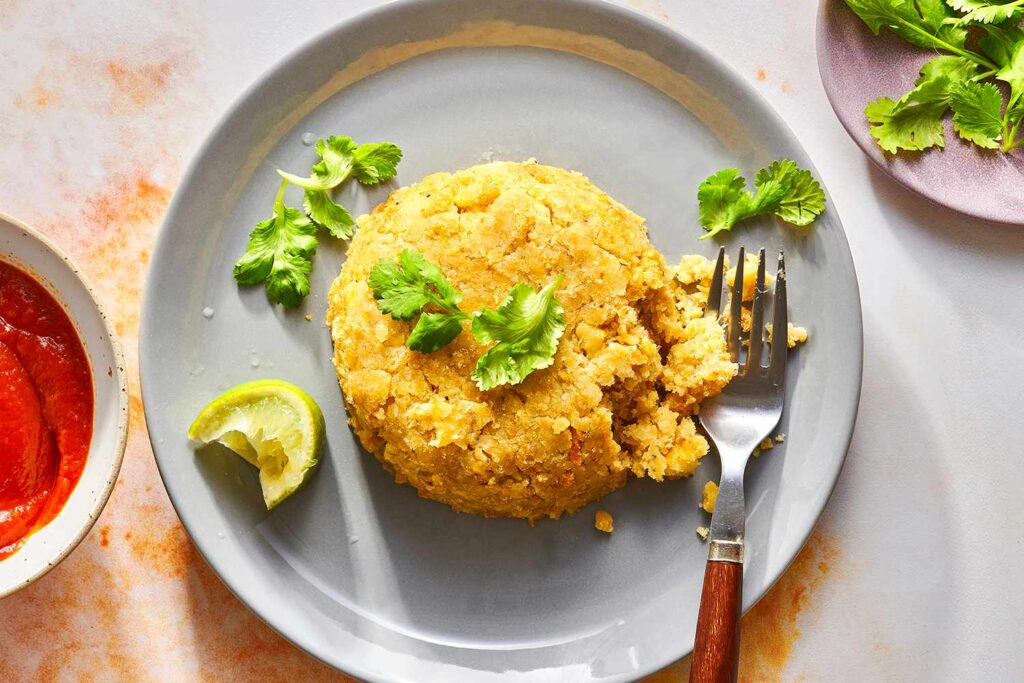
In this article, we’ll journey through the colorful history of Mofongo, uncover the nuances of its preparation, and share tips for crafting the perfect Mofongo dishes. Whether you’re a seasoned foodie or a curious novice, the allure of Mofongo is undeniable. So, let’s embark on this flavorful adventure and bring a piece of Puerto Rico into your kitchen.
The History of Mofongo
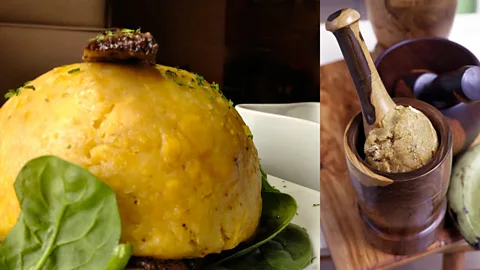
Mofongo’s story is as rich and diverse as the dish itself. It begins in the warm, tropical climate of Puerto Rico, where African, Spanish, and Taino influences melded together to create a culinary masterpiece. The roots of Mofongo trace back to the African dish ‘Fufu,’ brought to the Caribbean by enslaved Africans. Fufu, made from starchy vegetables like yams, plantains, or cassava, was traditionally pounded and molded into balls. The Spanish conquest introduced new ingredients and techniques, while the Taino people contributed their native knowledge of local produce.
As these cultures intertwined, Mofongo emerged as a unique blend of flavors and textures. The dish evolved to use green plantains, which are abundant in Puerto Rico. These plantains are fried mashed with garlic, salt, and oil in a wooden mortar called a ‘pilón.’ The inclusion of crispy pork rinds, or chicharrón, adds a savory depth that is unmistakably Puerto Rican.
Over time, Mofongo has become a symbol of Puerto Rican identity and pride. It’s a dish that tells a story of resilience and creativity, a comfort food that has sustained generations. Each bite of Mofongo is a taste of history, a celebration of the island’s enduring spirit.
Today, Mofongo continues to be a beloved staple, enjoyed in homes and restaurants alike. It’s a versatile dish that can be adapted to suit any palate, often served with a variety of meats, seafood, or vegetables.
How to Make Mofongo?
Embarking on the journey to create Mofongo is an adventure into the heart of Puerto Rican culinary tradition. This section will guide you through the process of making this iconic dish, ensuring that each step is clear and manageable, even for beginners.
Ingredients List
Gather the following ingredients to begin your Mofongo-making experience:
- Green plantains: The star of the show, providing the necessary starchiness.
- Garlic: Crushed or minced, it infuses the dish with its unmistakable aroma.
- Pork rinds (chicharrón): For a delightful crunch and depth of flavor.
- Olive oil: To bind the ingredients and add a smooth texture.
- Salt: A pinch to enhance the overall taste.
Step-by-Step Cooking Guide
1. Preparing the Plantains: Start by peeling the green plantains. Slice them into rounds about one inch thick. In a deep skillet, heat oil over medium-high heat and fry the plantain slices until they turn a golden brown color and become tender, which should take approximately 7 to 10 minutes.
2. Mashing the Ingredients Transfer the fried plantains to a pilón (mortar) or a sturdy bowl while they’re still warm. Add the minced garlic and a generous drizzle of olive oil. Sprinkle some salt for seasoning. Using a pestle or a masher, combine these ingredients by pressing and mashing until the mixture is mostly smooth but still retains some chunky texture. The goal is to achieve a balance where the flavors meld together while maintaining a satisfying mouthfeel.
3. Incorporating the Pork Rinds Once you’ve achieved the desired consistency with the plantains, it’s time to fold in the crushed pork rinds. The chicharrón should be mixed in evenly, ensuring that every bite of Mofongo has a bit of that savory crunch. If you’re opting for a vegetarian version, you can skip this step or substitute with a vegetarian alternative that provides a similar texture.
4. Serving Suggestions Mofongo is traditionally shaped into a dome or a ball and served immediately while it’s still warm. It can be enjoyed as is or topped with a protein of your choice, such as shrimp, chicken, or steak. Some prefer to serve it with a side of chicken broth to pour over the Mofongo, adding moisture and flavor.
Top Mofongo dishes
Classic Mofongo
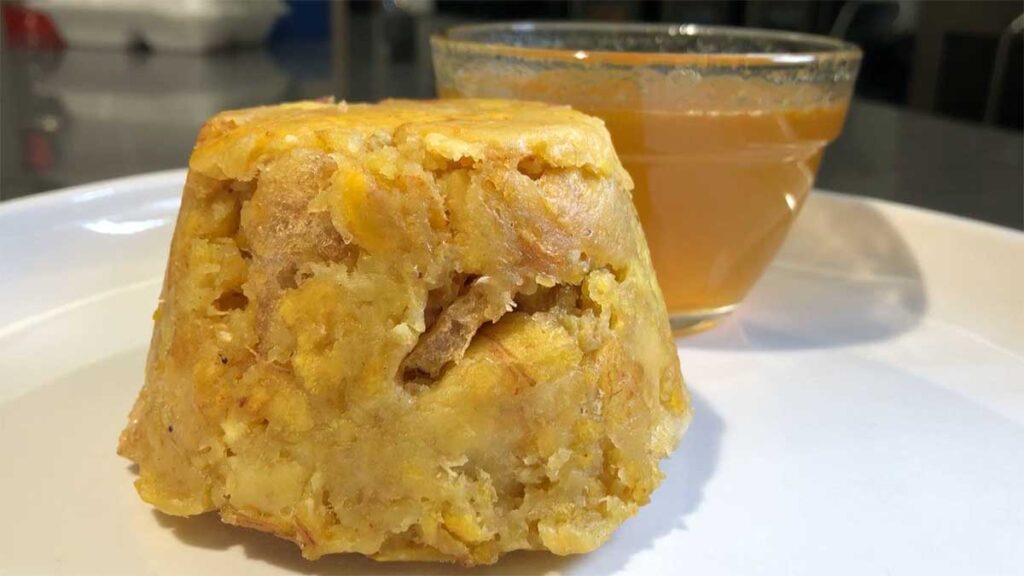
Ingredients:
- Green plantains
- Garlic cloves
- Pork rinds (chicharrón)
- Olive oil
- Salt
Preparation:
- Peel and slice the green plantains into thick rounds.
- Fry the plantain slices until golden and tender.
- Mash the fried plantains with minced garlic, olive oil, and salt in a mortar and pestle.
- Mix in crushed pork rinds for added texture and flavor.
- Form into balls or domes and serve warm.
Shrimp Mofongo
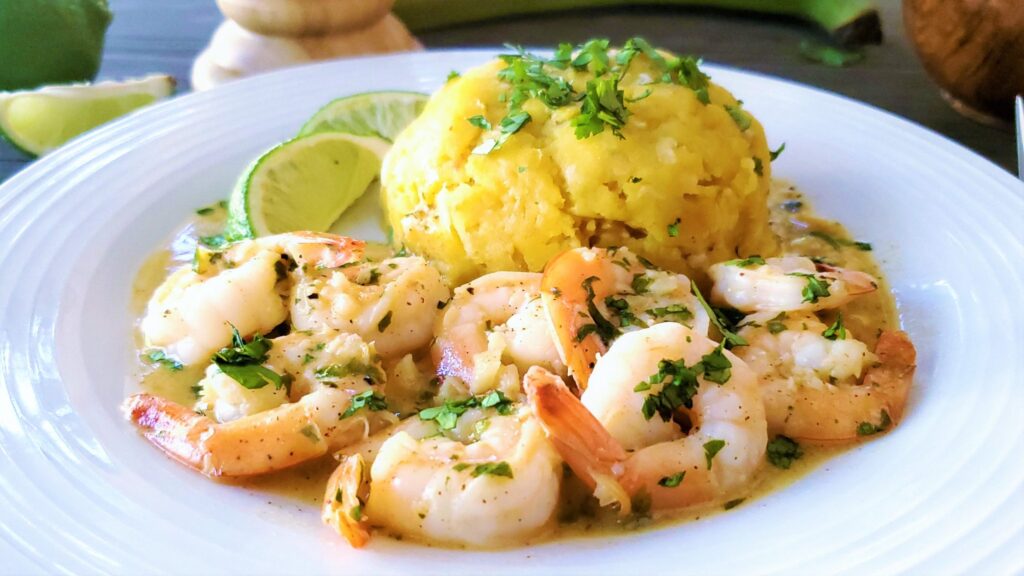
Ingredients:
- Classic Mofongo base
- Fresh shrimp, peeled and deveined
- Garlic cloves
- Butter
- Cilantro
Preparation:
- Prepare the Classic Mofongo as the base.
- Sauté shrimp with garlic and butter until pink and cooked through.
- Season with salt, pepper, and chopped cilantro.
- Serve the shrimp on top of the Mofongo base.
Chicken Mofongo
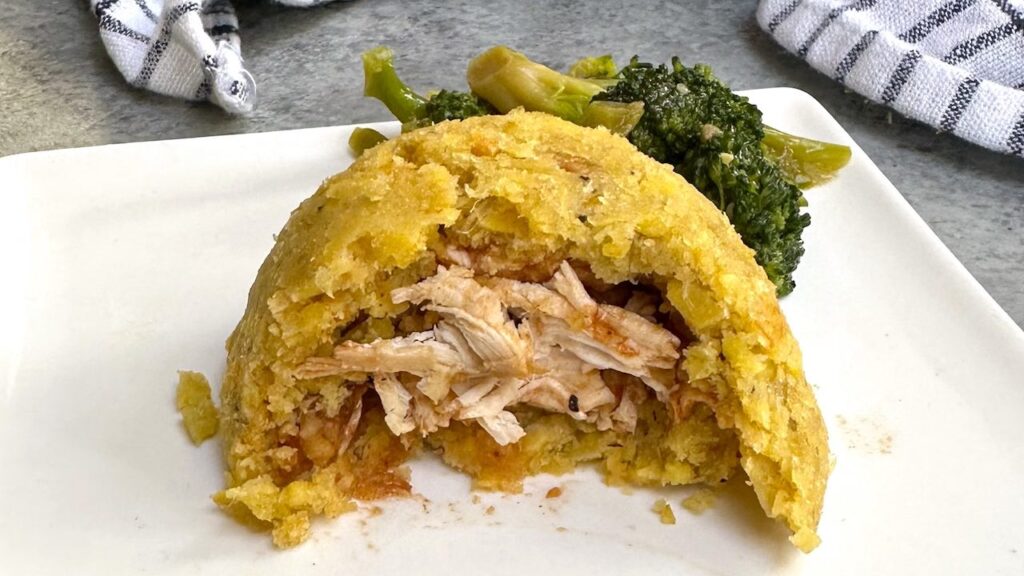
Ingredients:
- Classic Mofongo base
- Chicken breast, cut into strips
- Onions
- Bell peppers
- Tomato sauce
Preparation:
- Prepare the Classic Mofongo as the base.
- Cook chicken strips with onions and bell peppers until browned.
- Add tomato sauce and simmer until the chicken is tender.
- Serve the chicken mixture over the Mofongo base.
Vegetarian Mofongo
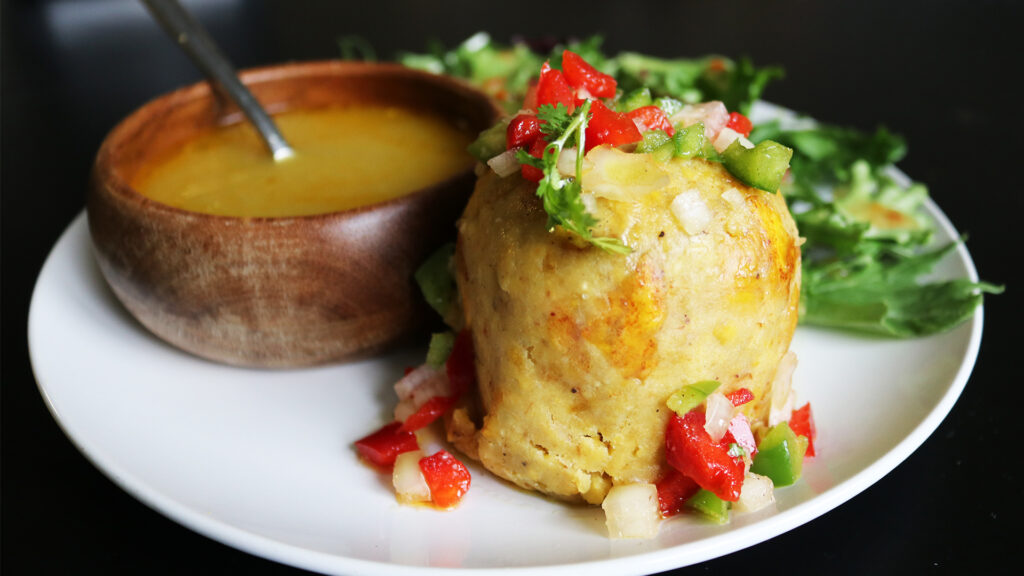
Ingredients:
- Green plantains
- Garlic cloves
- Olive oil
- Salt
- Mixed vegetables (e.g., bell peppers, onions, zucchini)
Preparation:
- Prepare the Mofongo base without pork rinds, using extra olive oil for moisture.
- Sauté mixed vegetables with garlic until tender.
- Season with salt and pepper.
- Serve the sautéed vegetables over the Mofongo base.
Mofongo Relleno (Stuffed Mofongo)
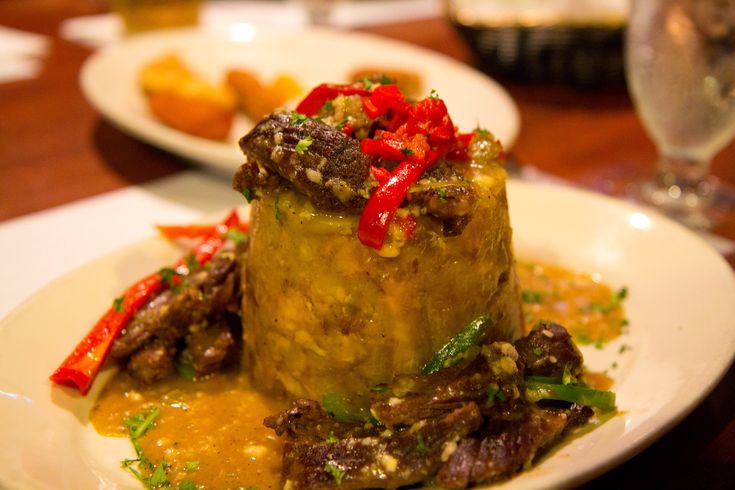
Ingredients:
- Classic Mofongo base
- Choice of filling (e.g., seafood, chicken, beef)
- Cheese (optional)
Preparation:
- Prepare the Classic Mofongo as the base.
- Cook your choice of filling with seasoning until well done.
- Hollow out the center of the Mofongo balls and stuff with the cooked filling.
- Top with cheese if desired and bake until the cheese is melted.
- Serve warm with a side of broth or sauce.
These are just a few examples of the many variations of Mofongo that you can prepare. Each dish offers a unique twist on the traditional recipe, allowing you to explore the flavors of Puerto Rico right from your kitchen. Enjoy your culinary adventure with these delightful Mofongo dishes!
Nutritional Information
When indulging in the rich flavors of Mofongo, it’s also important to consider its nutritional aspects. This section delves into the health benefits and dietary considerations associated with this beloved Puerto Rican dish.
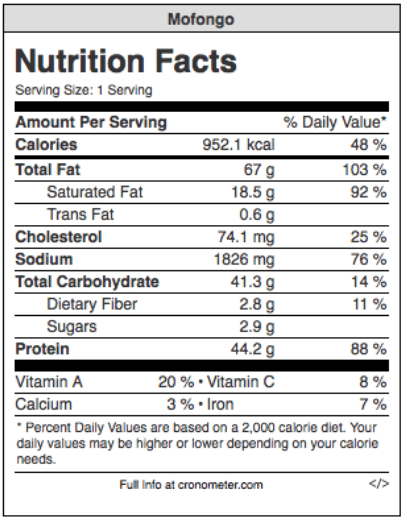

Green plantains, the primary ingredient in Mofongo, are a powerhouse of nutrients. They are a great source of complex carbohydrates, dietary fiber, and vitamins such as vitamin A and vitamin C. Plantains also provide essential minerals like potassium and magnesium, which are vital for maintaining heart health and proper muscle function.
However, it’s crucial to note that the method of preparation can significantly affect the nutritional content of Mofongo. Frying the plantains in oil adds to the caloric content of the dish. While this cooking technique contributes to the unique taste and texture of Mofongo, those watching their calorie intake may opt for a lighter version by using less oil or even baking the plantains instead.
The addition of pork rinds introduces protein to the dish but also increases the saturated fat content. For a healthier alternative, you can substitute pork rinds with leaner meats or omit them altogether for a vegetarian option.
Mofongo can fit into a balanced diet when consumed in moderation. It’s a filling dish that can provide sustained energy, making it a suitable meal for those with an active lifestyle. However, for individuals with dietary restrictions or health concerns, such as high blood pressure or cholesterol, adjustments may be necessary.
Pairing Mofongo with Other Dishes
Mofongo’s robust flavor and hearty texture make it an ideal companion to a variety of other dishes. Whether you’re looking for traditional pairings or modern fusions, there’s a world of options to complement your Mofongo.
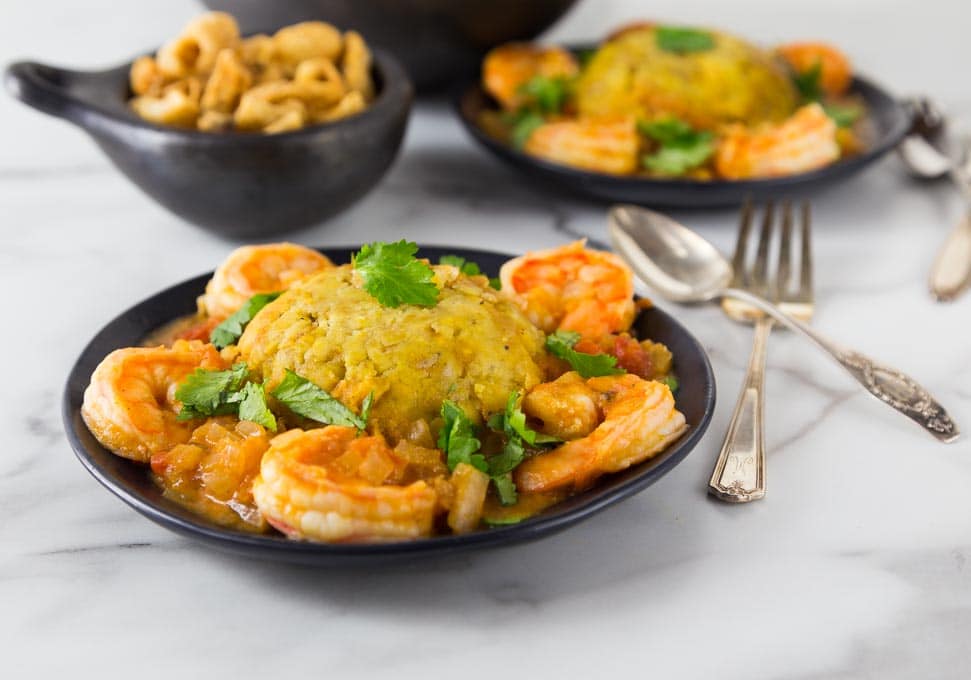
Traditional Combinations In Puerto Rico, Mofongo is often served with a broth, such as chicken or beef, which is poured over the top to add moisture and richness. This combination is not only delicious but also practical, as the broth helps to soften the dense plantain mash.
Another classic pairing is Mofongo with seafood. Shrimp, cooked in a garlicky sauce, is a popular choice that adds a lightness and a burst of flavor to the dish. Lobster and other shellfish are also excellent options, offering a luxurious twist to the humble Mofongo.
Modern Twists and Accompaniments For those looking to experiment, Mofongo can be adapted to suit a range of contemporary tastes. It can be served alongside grilled vegetables for a healthier, vegetarian-friendly meal. The smokiness of the grill complements the garlic and plantains beautifully.
Meat lovers might enjoy Mofongo with churrasco (grilled skirt steak) or pollo guisado (braised chicken). These meats bring their own unique flavors and textures, creating a satisfying and well-rounded meal.
Vegetarian and Vegan Options Mofongo’s versatility extends to vegetarian and vegan diets as well. Replacing pork rinds with crispy tofu or mushrooms offers a similar texture without the meat. Pairing Mofongo with a bean stew or roasted chickpeas provides protein and makes for a hearty, plant-based feast.
No matter how you choose to enjoy it, Mofongo is a dish that plays well with others. Its ability to pair with a wide array of flavors and ingredients is a testament to its enduring appeal. So go ahead, mix and match, and find your perfect Mofongo pairing!
Final Analysis
As we wrap up our exploration of Mofongo, it’s clear that this dish is more than just a staple of Puerto Rican cuisine—it’s a culinary emblem of the island’s history and culture. Mofongo’s simple yet flavorful profile has captivated the taste buds of locals and travelers alike, making it a beloved classic in Caribbean gastronomy. From its African roots to its evolution into a Puerto Rican favorite, Mofongo has stood the test of time, adapting to the tastes and preferences of each generation. Whether enjoyed in its traditional form or as a base for creative culinary expressions, Mofongo remains a versatile and satisfying dish.
The recipes and variations we’ve discussed serve as a starting point for anyone looking to delve into the world of Mofongo. With each plantain mashed and each pilón used, cooks are keeping the spirit of Puerto Rico alive in their kitchens. We encourage you to try making Mofongo dishes at home experimenting with different fillings and flavors to find your perfect match. In the end, Mofongo is more than food—it’s a celebration of resilience, a testament to the power of cultural fusion, and a reminder of the joy that can be found in sharing a meal. So here’s to Mofongo, a dish that continues to bring people together, one delicious bite at a time.
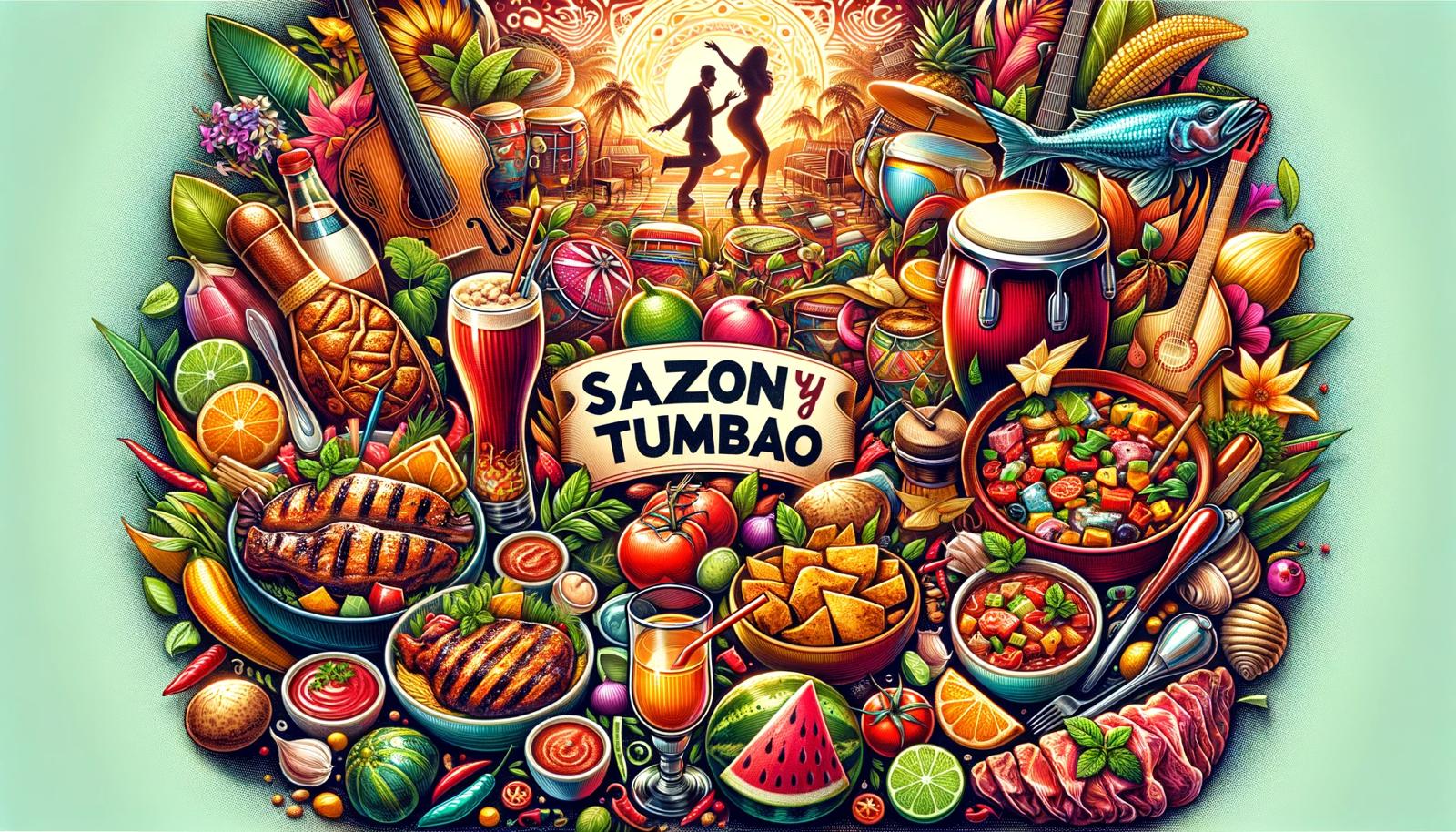

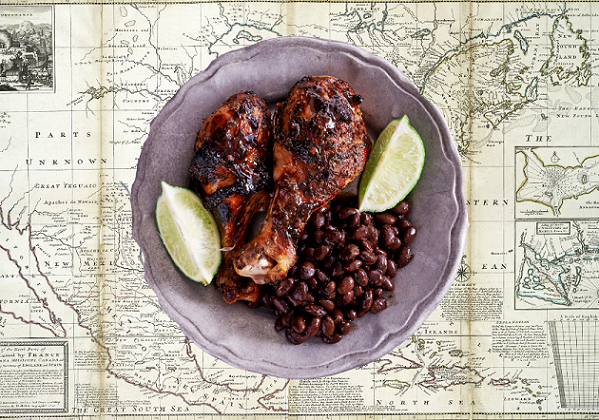
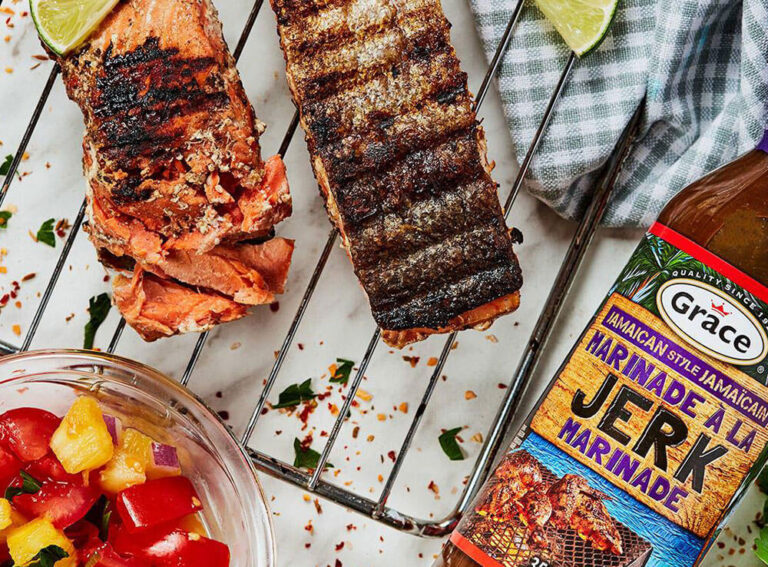
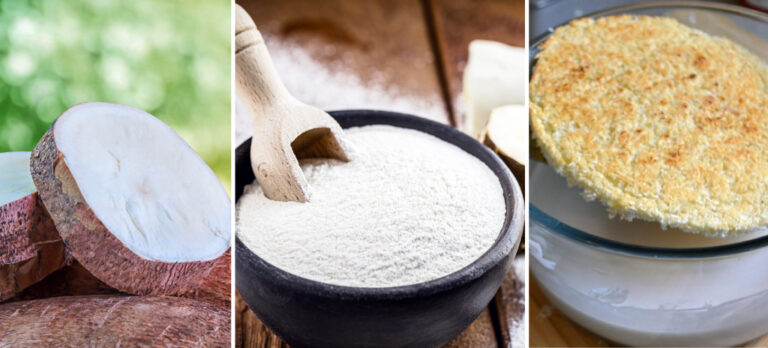
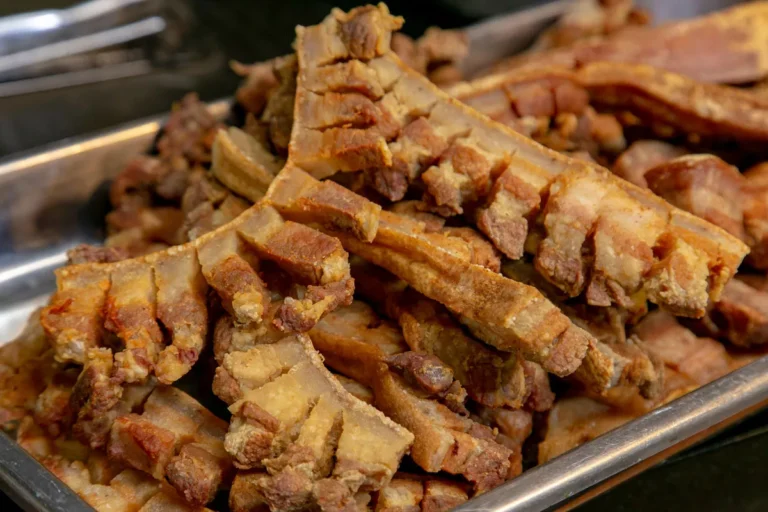
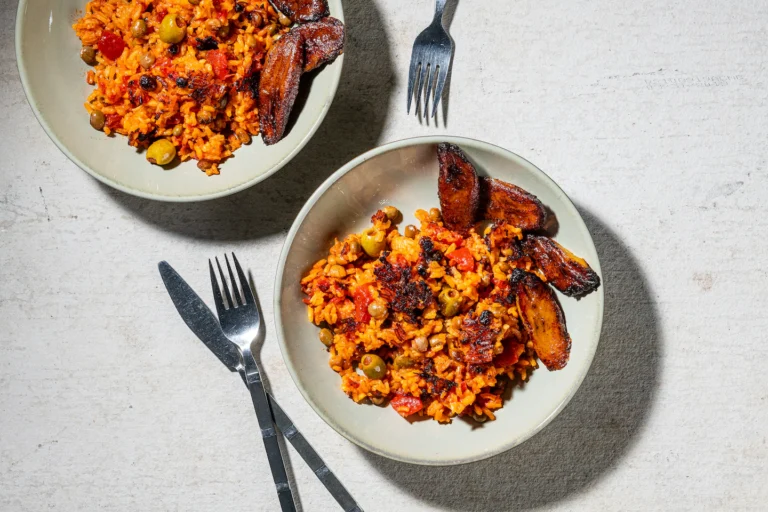

One Comment